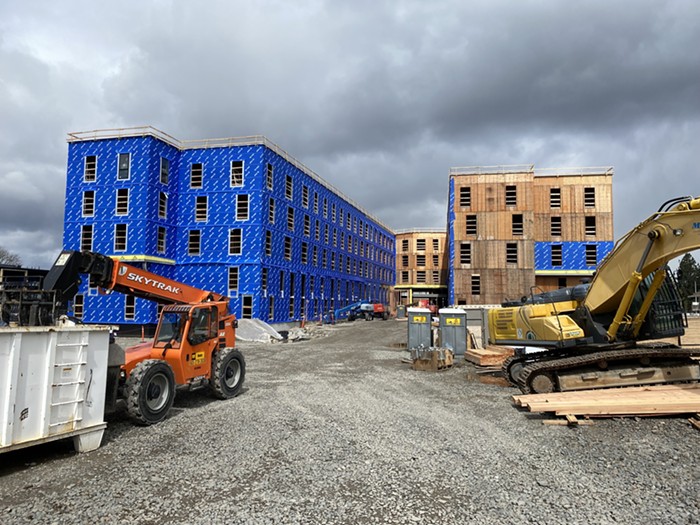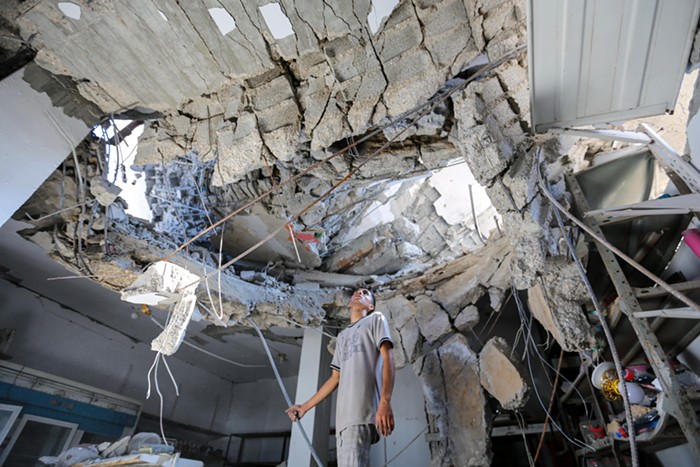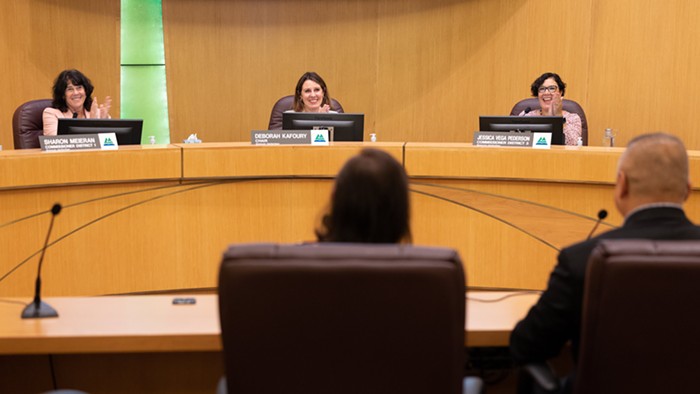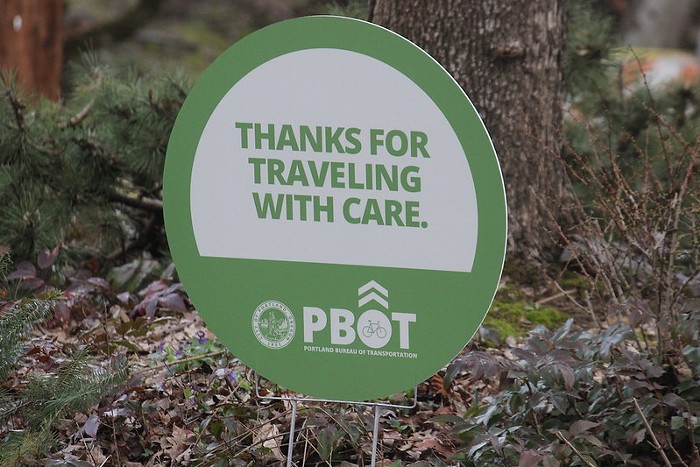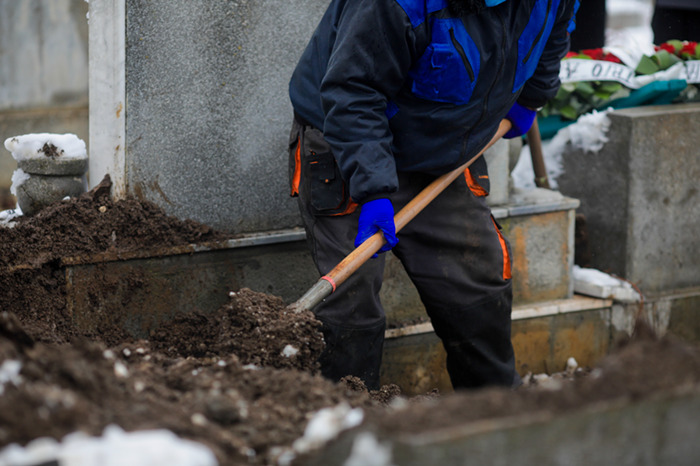
On Tuesday, Oregon Department of Corrections (ODOC) reported its first positive case of COVID-19 in a prison employee.
"We have been preparing for this day for the last several weeks," wrote ODOC Director Colette Peters in an email announcing the news to staff.
ODOC is unable to share any information about this employee other than their workplace, Salem's Oregon State Penitentiary, and is prohibited from sharing any data about the number of ODOC employees who've been tested for the virus. ODOC can, however, make public the number of inmates that have been tested.
As of Wednesday afternoon, 13 of the nearly 14,500 adults in custody at Oregon's 14 prisons had been tested for the coronavirus. Ten of the tests have been returned negative, while three are still awaiting results.
That testing rate is significantly lower than the state's testing rate for the general population. In Oregon, .35 percent of the state's total population has been tested for COVID-19, while in Oregon prisons, only .09 percent of all inmates have received a test.
Criminal justice advocates have already raised concerns that, in a state prison system where at least 1,400 adults are either over 60 years old, are immunocompromised, or have medical conditions that could exacerbate the symptoms of COVID-19, adults in custody are not being allowed the same safety precautions against the coronavirus as other Oregonians.
To better understand what testing and treatment looks like within Oregon's prisons, we spoke with Dr. Christopher DiGiulio, the chief medical officer for ODOC. Here's what we learned:
MERCURY: Only 13 inmates at ODOC facilities have been tested for COVID-19. Does that mean that you lack the ability to conduct a larger number of tests, or does it just reflect a low number of inmates with COVID-19 symptoms in Oregon prisons?
DIGIULIO: We are testing anyone that shows symptoms of this illness, as defined by the CDC.
So it's not that there's a testing shortage.
No. I don't have any concerns about our ability to test anyone.
Then there's not that many people showing symptoms of COVID-19 in Oregon prisons?
Well, this is a tricky time. The spreading of this virus coincides with flu season and allergy season—and those share a lot of symptoms with COVID-19.
How are you evaluating and treating people in custody who show those symptoms?
If people ask for medical care, we triage them and determine if their symptoms are respiratory or non-respiratory. If they're respiratory-related, we run their case by a medical physician, who evaluates and interviews a patient to see if their illness meets the [COVID-19] case definition made by the CDC. If it seems necessary, that physician can order testing through the state's public health lab.
Where are these patients being held during this evaluation?
Oregon has 14 ODOC institutions. Weeks ago, I spoke with each institution's superintendent to design a unit in their facility where patients with COVID-19 symptoms can receive care. By now, there are respiratory wards set up in every facility. Every single prison has also set up a respiratory triage center, and those spaces are different depending on the facility. These are separate from the facility's standard medical clinics, since we don’t want respiratory patients coming into clinics and making more people sick.
Oregon's seen a shortage of personal protective equipment (PPE) for medical staff across the state as the virus spreads. Are you experiencing a similar shortage in state prisons?
For last three weeks, I’ve been in direct contact with patients at ODOC facilities. I can say that, at every institution, there’s been appropriate amount of PPE for our staff. I don’t know what the inventory levels are, but at the moment, we have an appropriate amount of PPE.
[Jennifer Black, ODOC communications manager, tells the Mercury that ODOC is relying on its inmates enrolled in Oregon Corrections Enterprises to sew thousands of cloth face masks to account for every ODOC employee and inmate.]
What about cleaning and sanitary products? We've heard concerns that inmates in local jails aren't getting access to these kinds of supplies.
I have no concerns about lack of cleaning supplies or soap... everyone has complete access to soap. There's no problem there. Our staff have doubled and tripled their regular cleaning efforts at each facility. We've also created a hygiene education committee and created a curriculum for all adults in custody. We have teams going to every housing unit within each institution and explaining the basics of viral spread and prevention. We're making sure all have access to that information.
Some advocacy groups are calling on the governor and ODOC to release eligible inmates to allow prisons to practice social distancing guidelines. Do you think the state prisons are currently able to follow social distancing guidelines without reducing population size?
[Black jumped in to answer this question]
BLACK: We are doing everything we can to follow the guidelines in the governor's executive order [regarding social distancing]. What I can say is, institutions were not designed with a pandemic in mind. We weren't designed to keep people six feet away from each other. We can't just place people in extra classrooms or corridors to create distance, we're a correctional facility—which means people have to be under supervision at all times. The executive order says social distancing should be followed 'to the maximum extent possible,' and that’s what we’re doing.




